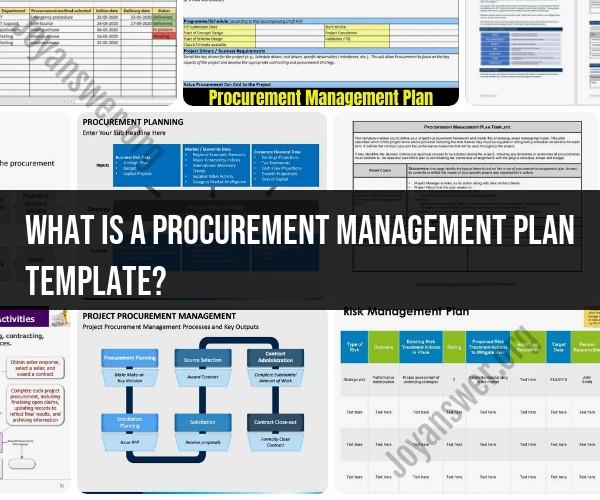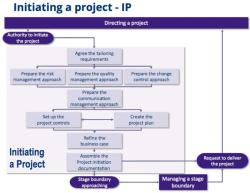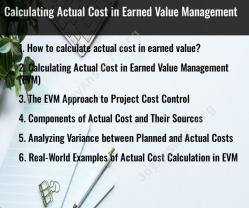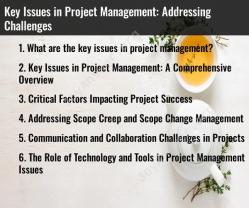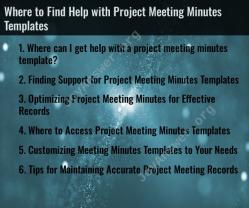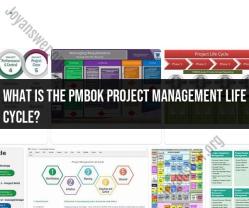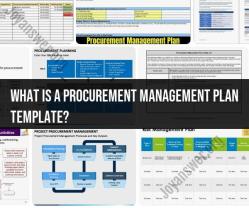What is a procurement management plan template?
A Procurement Management Plan template is a structured document that outlines the strategy and approach for acquiring goods and services needed for a project. It is a key component of project management, especially in complex projects where procurement plays a significant role. The primary purpose of a procurement management plan is to ensure that the project obtains the necessary resources efficiently, cost-effectively, and in compliance with relevant regulations and policies.
Here are some essential elements typically included in a Procurement Management Plan template:
Introduction:
- Briefly introduce the purpose and scope of the procurement management plan, including the project's objectives and the role of procurement within the project.
Project Procurement Objectives:
- Clearly state the project's procurement objectives, such as cost savings, timely delivery, quality assurance, and risk mitigation.
Roles and Responsibilities:
- Define the roles and responsibilities of key project stakeholders involved in procurement, including the project manager, procurement manager, procurement team, and vendors.
Procurement Methods and Strategies:
- Describe the specific procurement methods and strategies that will be used to acquire goods and services. This may include procurement through purchase orders, contracts, competitive bidding, or negotiations.
Procurement Schedule:
- Provide a timeline that outlines when procurement activities will take place, including the release of procurement documents, vendor selection, contract negotiation, and delivery schedules.
Budget Allocation:
- Detail the budget allocated for procurement activities, including the estimated costs for each procurement item or service.
Supplier Selection Criteria:
- Specify the criteria and evaluation process that will be used to select suppliers or vendors. This may include factors like price, quality, past performance, and compliance with regulations.
Risk Management:
- Identify potential risks associated with procurement activities and outline mitigation strategies. Risks may include delays, cost overruns, quality issues, or changes in supplier availability.
Quality Assurance and Inspection:
- Describe how the project will ensure the quality of procured goods or services. Include details about inspections, testing, and acceptance criteria.
Contract Types:
- Specify the types of contracts that will be used, such as fixed-price contracts, time and materials contracts, or cost-reimbursement contracts.
Legal and Compliance Requirements:
- Address any legal, regulatory, or compliance requirements that must be followed during the procurement process. This may include industry-specific regulations or organizational policies.
Communication Plan:
- Outline the communication channels and protocols for sharing procurement-related information among project stakeholders.
Change Management:
- Describe how changes to procurement requirements or scope will be managed and documented.
Vendor Performance Evaluation:
- Explain how vendor performance will be evaluated, including key performance indicators (KPIs) and methods for feedback and improvement.
Closure and Documentation:
- Detail the steps for closing out procurement contracts and documenting the completion of procurement activities.
A well-prepared Procurement Management Plan helps ensure that procurement activities align with project goals, stay within budget, and adhere to relevant regulations. It also provides a clear framework for managing vendor relationships and mitigating risks throughout the project lifecycle.
Procurement Management Plan Template: An Introduction
A procurement management plan (PMP) is a document that outlines the steps and procedures that will be used to acquire goods and services for a project. It is an important tool for ensuring that procurement activities are carried out efficiently and effectively.
A PMP template can provide a helpful starting point for developing your own plan. However, it is important to customize the template to meet the specific needs of your project.
Key Elements and Sections of a Procurement Management Plan
A typical PMP will include the following sections:
- Introduction: This section should provide a brief overview of the project and the procurement process.
- Procurement objectives: This section should state the specific objectives of the procurement process, such as reducing costs, improving quality, or reducing risk.
- Procurement strategy: This section should outline the overall approach that will be used to achieve the procurement objectives.
- Procurement activities: This section should list the specific activities that will be carried out, such as market research, supplier selection, and contract management.
- Procurement roles and responsibilities: This section should identify the roles and responsibilities of the key stakeholders involved in the procurement process.
- Procurement budget: This section should estimate the total cost of the procurement process.
- Procurement schedule: This section should outline the timeline for the procurement process.
- Procurement risks: This section should identify the potential risks associated with the procurement process and outline mitigation strategies.
- Procurement performance metrics: This section should identify the metrics that will be used to measure the performance of the procurement process.
Customizing Your Procurement Management Plan: Practical Tips
Here are some practical tips for customizing a PMP template to meet the specific needs of your project:
- Identify the key stakeholders: Identify the key stakeholders who will be involved in the procurement process, such as the project manager, procurement manager, suppliers, and end users.
- Tailor the plan to the project scope: The scope of the project will determine the type and quantity of goods and services that need to be procured. This will impact the procurement strategy and activities.
- Consider the project budget and schedule: The project budget and schedule will also impact the procurement process. For example, if the project budget is limited, you may need to focus on finding the most cost-effective suppliers.
- Identify and mitigate risks: The procurement process is subject to a variety of risks, such as supplier delays, quality issues, and price increases. Identify the potential risks and outline mitigation strategies.
- Establish performance metrics: Establish performance metrics to measure the success of the procurement process. For example, you may want to track metrics such as on-time delivery, cost savings, and quality compliance.
By following these tips, you can create a customized PMP that will help you to achieve your procurement objectives and ensure the success of your project.
